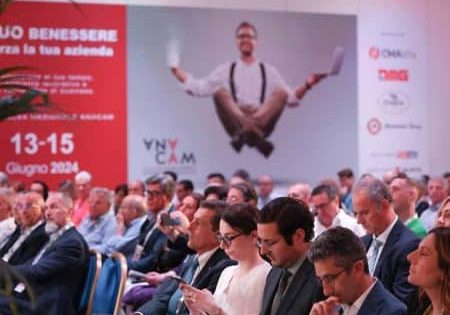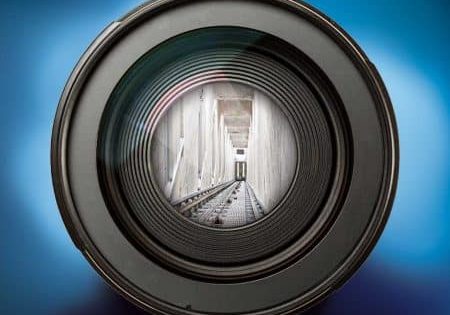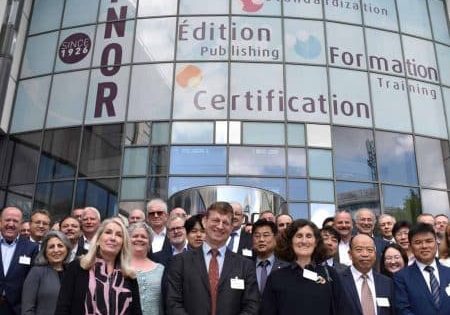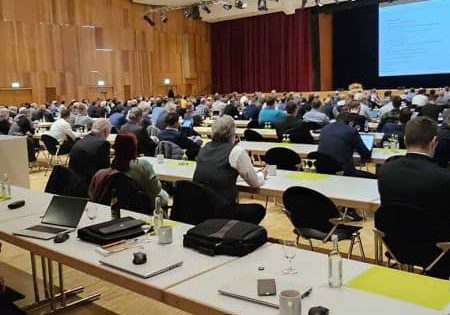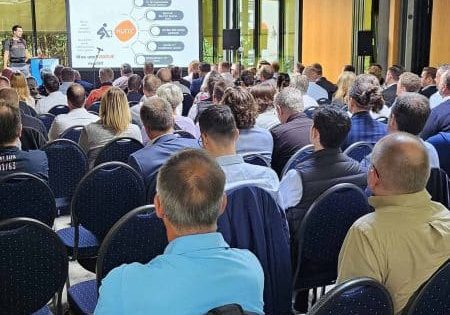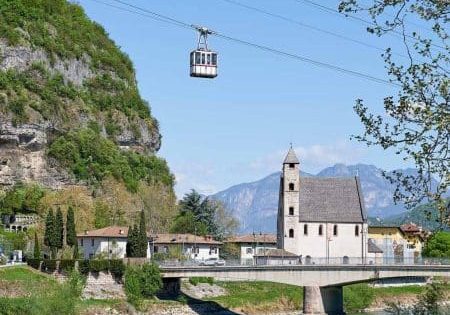A New Era for VT in Spain
Aug 5, 2024
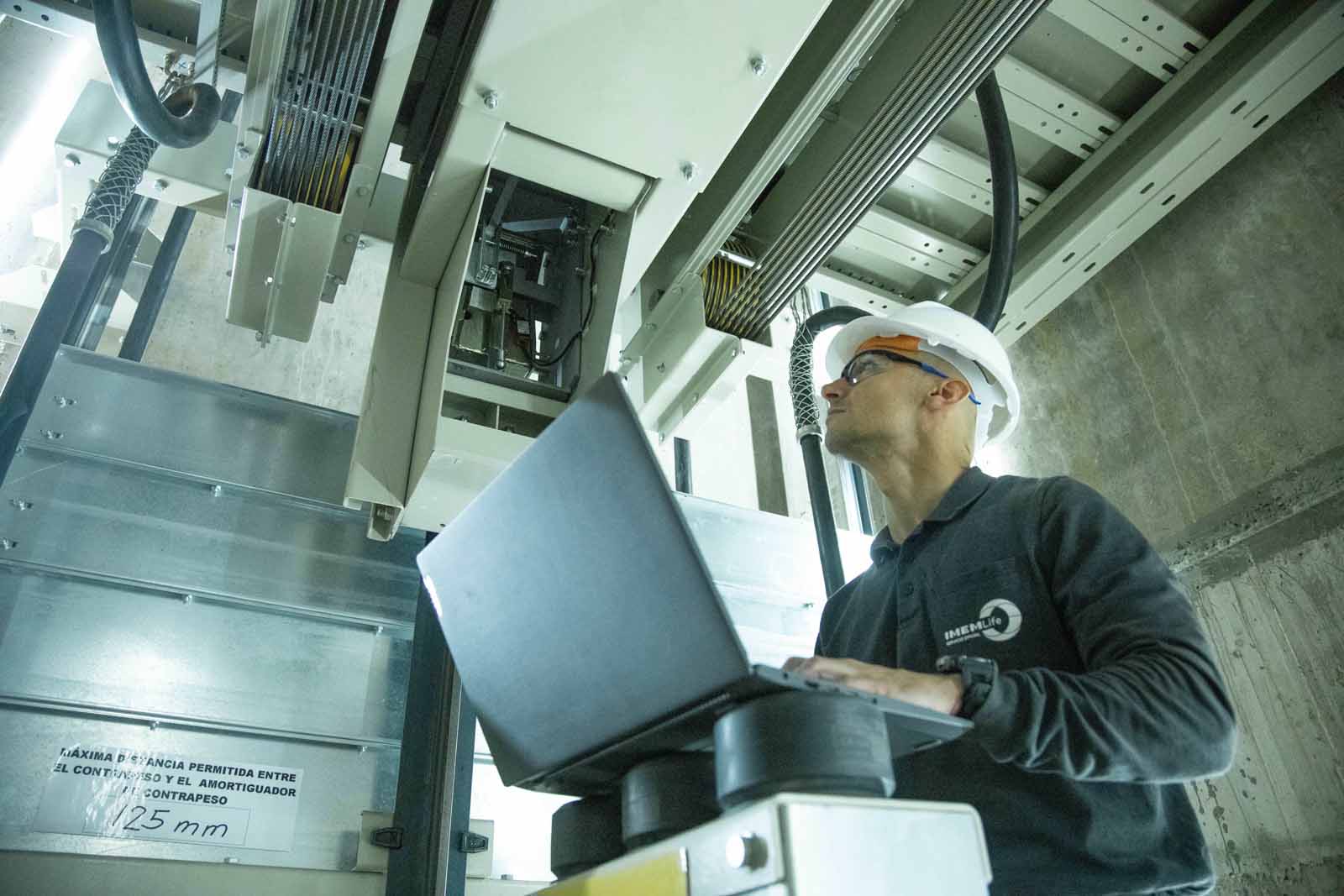
New ITC launched to improve the security of vertical transportation (VT).
The entry into force of the new Complementary Technical Instruction (ITC) AEM 1 for Elevators, which affects the vertical-transportation (VT) market in Spain, enters a new era sponsored by the implementation of new safety standards, as well as an increase in notable demands that the conservators must meet. The application of this regulation will force the transformation of approximately 35% of old elevators, which will involve an economic outlay of EUR800 million, according to the Spanish Elevator Business Federation (FEEDA).
Royal Decree 355/2024, long acclaimed by the sector, is presented as the second-most-demanding springboard to accelerate the modernization of VT equipment in Spain, leading the oldest fleet in Europe with 1.18 million elevators.
José Carlos Frechilla Fernández, director of FEEDA, tells ELEVATOR WORLD that the new ITC, which is derived from this royal decree, will cause a “direct impact,” marking a before and after in the safety of VT:
“This ITC is going to suppose compliance with various requirements by the maintenance companies, as well as new obligations for the owners of the facilities and the control bodies, which must carry out new inspections of the devices that were not previously established.”
As for companies, FEEDA states that it will be obliged to comply with new requirements, among which is the development of an “updated elevator maintenance plan” that it maintains stands out; also a “record of maintenance actions” in accordance with Standard UNE 58720, and to which is added an “elevator operation manual” with the obligation to leave out of service all equipment that does not have periodic inspection.
For their part, equipment owners will also have to assume responsibilities, such as monitoring deadlines, for the periodic inspections of their devices so they do not expire, as this could entail stopping the elevator. The novelty in this section, according to Frechilla Fernández, is that “the owners of the elevators must keep the technical documentation of the devices and have it available to the administration in case it is required.”
Another novelty of the ITC is the obligation of new inspections established by the change of the conservator company or by the initial inspection prior to the start-up of the elevator. In addition, all elevators are required to carry out a periodic inspection by a Control Body (OCA), which, in the case of communities of owners, will be every four years, “at which time when the measures that must be implemented are detected, deadlines will also be established to undertake them,” said the director of the FEEDA employers’ association.
In Spain, the ratio of elevators per thousand inhabitants is 19.8, the highest in the world, followed by Italy with 14.7. This figure may justify the security requirements of the Spanish regulations that have passed over time. This ITC, in force since July 1, could affect 35% of the elevators that are in operation, that is, around 400,000 elevators that are more than 25 years old, according to Frechilla Fernández.
The previous Royal Decree/2005 required the implementation of important measures aimed at eliminating the risks of accidents for both users and maintenance of elevators. The installation of doors in the cabin, two-way communication, pulley protection, emergency lighting and alarm, pit ladder, cabin railing, etc., were the measures that were imposed then.
Nineteen years have passed since this last rule, so Miguel Pérez, after-sales director of the IMEM company, believes:
“There should not be a feeling of ‘cumulative effect’ to the owner of the elevator. Furthermore, on this new occasion, the average investment will be much lower, fundamentally because we went from the 16 measures required in the 2005 regulations to only seven (an eighth is cited, which is actually compliance with the previous standard).”
Inspection Saturation
Regarding the new regulation’s effect, Pérez commented that a significant bulk of the potential modernization in terms of safety has already been carried out. “However, as some incidents have continued to occur eventually, the most frequent ones have been identified through a European ranking of accident rates. This is where the new safety measures to be implemented in this ITC have emerged,” which is included in Royal Decree 355/2024.
Perez maintains that the recent ITC will mean “a moderate to high increase in modernization sales derived from interventions whose average amount will be lower than those entailed by RD57/2005.” The average investment will range between EUR2,000 and EUR3,000, although said investment will vary depending on the autonomous communities. Thus, in the case of Cantabria, where IMEM is located, all elevators are already equipped with two-way communication, a requirement that is now extended by royal decree to the entire existing fleet in Spain.
For the independent consulting firm Resuelve, the new implementations derived from the ITC will translate into “a slight increase in business volume in modernizations due to additional consultations and advice,” said its Consulting Partner Luis Sánchez Lebrero, who pointed out that the increase in business volume will be recorded mainly by regulatory inspection and control entities, followed by elevator maintenance companies.

On this point, Sánchez Lebrero explains that the inspection and regulatory control entities are going to be “overwhelmed by the number of inspections that will occur in addition to those carried out to date, so they will need to hire a large number of inspectors with engineering training, who will hardly have the knowledge and experience of the current technicians of said inspection and control entities.”
Pérez also agrees with this increase in workload that:
“Will entail an increase in labor, at a minimum, in terms of maintenance technicians who address the required modernizations. This is especially complicated because there are no lift schools per se. Lifting professionals are practically trained in the companies where they work, which are increasingly technological and often must also learn their own know-how, different or very different from that of other competitors. It is true that there are increasingly degrees that are closer to the necessary knowledge and other initiatives aimed at preparation in this sector. But, in any case, increasing the necessary staff of professionals at any given time is not a simple task.”
IMEM is committed to facing this increase in workload by optimizing its management, the synergies obtained in the digitalization processes it has been managing for some years and by minimizing the hiring of additional personnel. For this reason, the company is convinced of being able to meet the expected demand.
Urgent Implementation
The ITC requires a series of safety measures to be implemented in older elevators to “equate their safety to that of elevators currently leaving factories. These safety measures will prevent many accidents that occur every day, caused by trips and falls due to the unevenness between the floor and the cabin, or doors hitting the passenger for not detecting their presence at the entrance and exit of the elevator,” explains Frechilla Fernández.
The regulations provide the greatest advance in the safety of existing elevators, according to Sánchez Lebrero:
“Let us not forget that in Spain there is a large park of installations, and a percentage of them were installed under the old regulations of 1952 and 1966. However, although the previous ITC promoted and forced improvements to these elevators, some of them were not demanding and aggressive enough, such as the measures and reforms that are now presented.”
“In addition to safety as an essential aspect of the ITC, we must also highlight the large number of obligations addressed to equipment conservators.” This is what Pérez considers, who indicates that the request for a maintenance plan for each piece of equipment and the production of a maintenance manual for all units in the park with specifications of the interventions with details of completion times, just as the new inspections mean “an increase in important demands from a complete perspective of the service: technical, administrative and even commercial. All these obligations are also urgent because they continue to professionalize vertical lifting, which is already excellent in service.”
Focusing on the ISAE measures (Increased Safety in Existing Elevators) and adopting the ELA (European Lift Association) accident rate ranking as a reference, the majority of accidents is caused by poor leveling. The recommended solution is the installation of a frequency converter that would provide multiple advantages: greater comfort for users thanks to the adjustment possibilities during stops and greater precision in equipment maintenance for conservators.
The ITC has limited this measure to equipment with a speed that does not achieve ± 10 mm in stopping precision and ± 20 mm in leveling (the case of older and less abundant elevators) or where an accident occurs for this reason.
Other urgent measures that follow according to frequency are the installation of photoelectric barriers as protection against the possible impact of automatic elevator doors on people, as well as the installation of load control systems to prevent forcing it beyond its capacity.
There are other necessary, but also important, measures that are classified as “very infrequent” in very old equipment, and they are those related to the replacement of cylindrical/wooden guides with other T-type guides and the action on the counterweight guide.
Added to this portfolio of measures is another that requires urgent implementation, not because it causes accidents but because of its condition of assistance to the user: the installation of two-way communication in the cabin or emergency telephone. It is a system that allows a trapped person to press the button, identified with a bell, to make a call to a 24-h rescue switchboard so the trapped user and the rescuer can communicate.
Notable Challenges
After the obligation to implement urgent measures on existing vertical lifting equipment, the difficulties of applying the ITC are limited to the economic investment that the communities of owners will have to face. In 80% of cases, these have a property manager who must know the owner’s obligations in terms of periodic inspections, correction of defects, deadlines, etc.
Resuelve recognizes that the communities of owners will be the group most affected by the reform to be undertaken in a large number of elevators, which will require a “significant economic effort.” Frechilla Fernández commented in this regard that the costs derived from this implementation, now required, will depend on the state and technology of each elevator:
“Some will only need a minimum investment to adapt to the regulations, and others will need to implement several of the measures, including changing the engine, which will mean an increase in investment. We believe that the budgets will range between approximately EUR800 and EUR10,000.”
In the cases of commercial and office buildings, “the majority of the elevators are already renovated or in the process of doing so,” according to Sánchez. He said:
“However, there are other cases where a recurring problem is occurring among different departments of the administration and which consists of the fact that old and historic elevators need a very aggressive transformation to meet the criteria for replacing guides and adapting counterweights that, sometimes, are unsolvable, since the artistic and historical heritage commission does not authorize such transformations, and when they do so, it is a consequence of a work of justifications and projects that consume several months and even years.”
The new ITC introduces more difficulties to the elevator operator, according to Pérez, such as the preparation of the elevator operating manual:
“As elevator manufacturers, we have an engineering team accustomed to designing products and preparing technical documentation of all kinds. But producing an operating manual for each piece of equipment in the park is a notable challenge, taking into account that we have equipment that has been in operation since yesterday, and others for more than 40 years. There will be companies that for different reasons will go through real difficulties in complying with this point.”
Pérez points out that probably due to this difficulty, the Ministry of Industry has granted a period of two years from the entry into force of the ITC, so the elevator operating manual will be required from July 1, 2026.
Another challenge that this new standard reveals is the digitalization that many elevator operators have certainly not yet achieved, and that they will continue to deliver paper action bulletins to their clients, according to Perez.
The State administration has quantified the adaptation of the elevators in the entire Spanish market to about EUR800 million spread over the next eight to 10 years, according to FEEDA.
Get more of Elevator World. Sign up for our free e-newsletter.






